Laying the Foundation The notorious “base season” is a staple of endurance athletes’ training. It may not always come during the winter, depending on your sport and/or goals, but typically does for the average cyclist. This period can be neglected by many due to a variety of reasons including weather, daylight, and motivation relative to your season. However, this is one of the, if not most, crucial times for developing year over year as an athlete. An analogy to tie it all together is to think of your training year as a pyramid: the broader and stronger the ‘base’, the higher and better the peak. Goals of Winter Training The main focus of the base phase of training can almost be summarized into one goal: to improve aerobic fitness and efficiency. In layman’s terms, this means making your body better at using oxygen + fat to fuel you and improving your ability to accomplish work in an aerobic state. If you can stay in an aerobic state for longer and harder effort, you push that anaerobic line higher. To get a little more nerdy, this comes in many improvements to your body; namely:
Main Focuses of Base Training Aerobic Training This is the lynchpin of base training. It is usually defined by slogging through lots of hours on the bike at a Zone 1-2 effort level and can be monotonous. Your gaol is to keep the body in an aerobic state and avoid excessive effort/volume in an anaerobic (without oxygen, aka. hard) state. IF you have the time, then building volume over a 12 week period is ideal. However, many do not and have to accommodate jobs during the course of the week in addition to waning daylight. In that common case, utilize your week days for time-efficient structured rides and strength training and then open up the weekend days for big adventure days! Strength Training I’m a huge advocate of strength training for all athletes, disciplines, and ages (especially masters level). I wrote an article focused solely on this topic earlier in the year and you can see that here. Contrary to belief, strength training actually serves both the endurance and strength aspects of our training. Not only does a proper strength plan make a stronger muscle, it makes a more “durable” one. Don’t think of the two (endurance and strength) as separable. Additionally, as you rack up miles, get into race season, or are aging, your body will thank you for the “insulation you have packed in the walls” to avoid injury and deterioration. Neuromuscular/Power Work An unsung hero of the base phase is the neuromuscular + power development work on the bike. This comes predominantly in the form of pedaling efficiency drills and PCr sprint work. I use both of these in the early season phase to help prepare athlete’s for the work to come. The cadence drills (both high and low) help to train your efficiency and “cleanliness” in the pedal stroke. The short, neuromuscular level sprints improve the body’s reaction + response to the call for effort (quite literally the brain-to-legs connection). The base phase can be daunting to look at, but work within your means and keep it simple. This is one of the most beneficial periods of your year and can set you up for success. Ride “long and slow” when you can, keep strength training in the plan, and add in some specific intervals along with it all. A little structure goes a long way – contact me for coaching services or more information! Sources: Hughes, D. C., Ellefsen, S., & Baar, K. (2017). Adaptations to endurance and strength training. Cold Spring Harbor Perspectives in Medicine, 8(6). https://doi.org/10.1101/cshperspect.a029769 Stone, Michael H., et al. "Maximum Strength and Strength Training-A Relationship to Endurance?" Strength and Conditioning Journal, vol. 28, no. 3, 2006, pp. 44-53. ProQuest, https://login.proxy020.nclive.org/login?url=https://www.proquest.com/scholarly-journals/maximum-strength-training-relationship-endurance/docview/212586439/se-2?accountid=9715.
0 Comments
Zones |
AuthorCarson Beckett, 26 | Coach, Pro, and Co-Founder of Dirt Camp Racing | Carson Beckett Coaching CategoriesArchives
January 2024
|
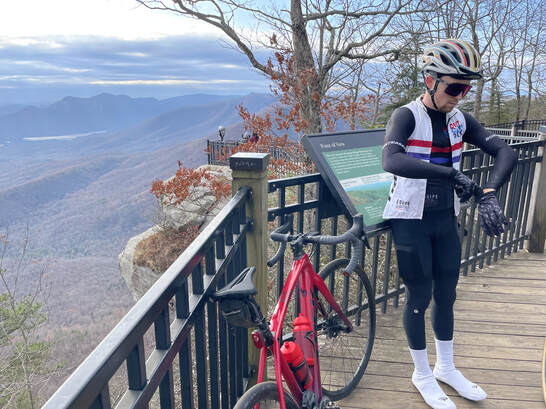
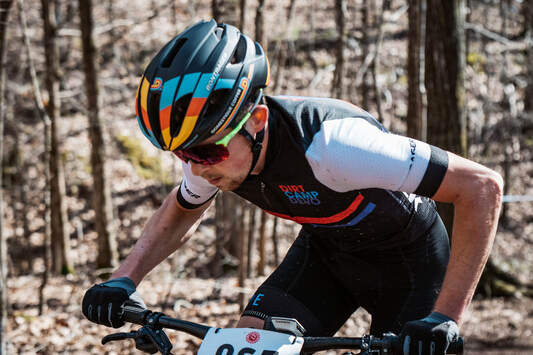
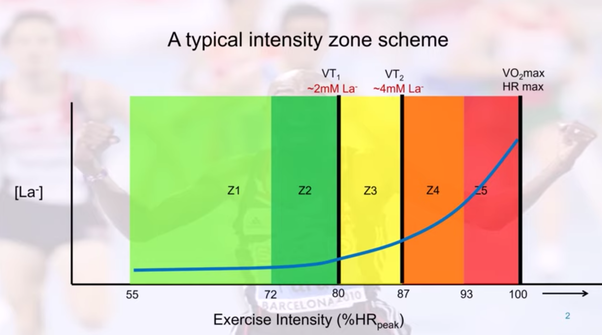
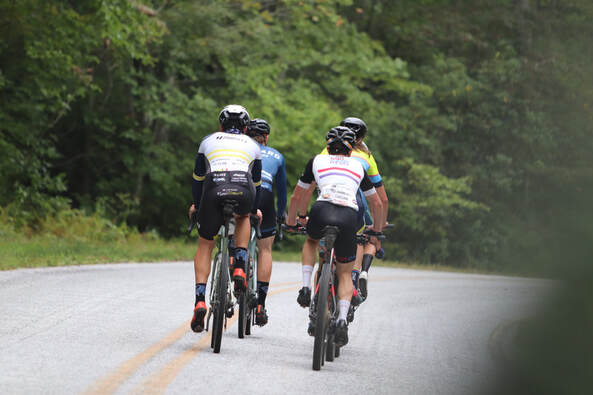
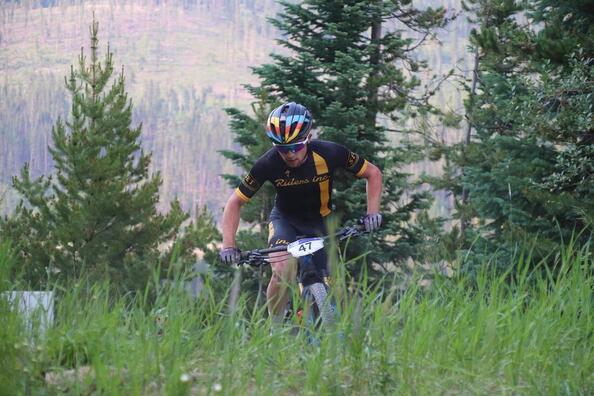
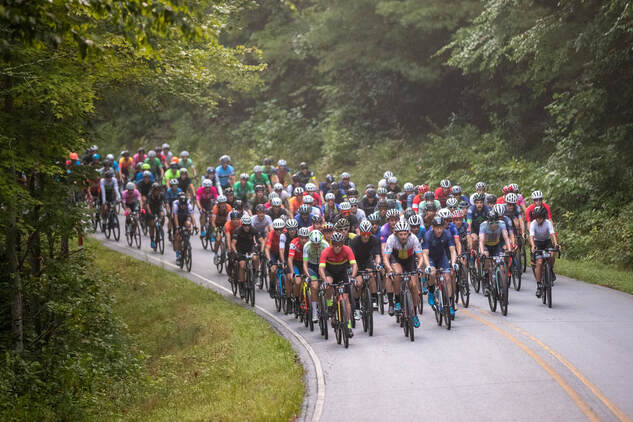
 RSS Feed
RSS Feed